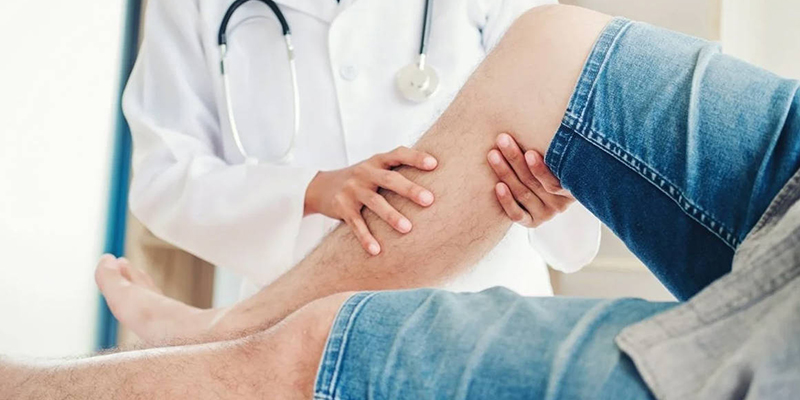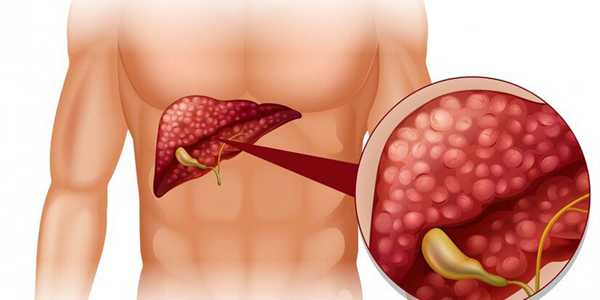Health & medical treatment
How To Get Rid Of Knee Pain Fast?
Knee pain is a pervasive issue that impacts millions, often resulting from factors such as aging, injury, or overuse. This pain can significantly restrict mobility and diminish overall quality of life, making it essential to address it swiftly to enhance recovery. Swift intervention not only restores knee functionality but also relates to fewer complications later on. This article aims to present readers with scientifically validated techniques to quickly alleviate knee pain, empowering them to regain their mobility and enjoy their everyday tasks with renewed vigor.
Knee pain is a pervasive issue that impacts millions, often resulting from factors such as ageing, injury, or overuse. This pain can significantly restrict mobility and diminish overall quality of life, making it essential to address it swiftly to enhance recovery. Swift intervention restores knee functionality and relates to fewer complications later on. This article aims to present readers with scientifically validated techniques to quickly alleviate knee pain, empowering them to regain mobility and enjoy everyday tasks with renewed vigour.

Understanding Knee Pain
Knee pain is a prevalent medical complaint that affects countless individuals globally. It can generally be divided into two categories: acute and chronic. Acute knee pain frequently results from sudden injuries like sprains, fractures, or tears during sports activities or accidents. Conversely, chronic knee pain arises from prolonged conditions, such as osteoarthritis, which currently affects around 32.5 million adults in the United States. Statistics suggest that nearly 25% of adults experience knee pain at some point.
Knee pain can heavily influence daily activities, complicating simple tasks like walking, climbing stairs, or exercising. This limitation may lead to decreased mobility, a heightened risk of falls, and an overall decline in the quality of life. Understanding knee pain in various forms is crucial to effectively managing it and allowing for timely intervention; this knowledge empowers individuals to regain control over their movements and enjoy their everyday routines again.
Immediate Relief Strategies For Knee Pain
1. R.I.C.E. Method (150 words)
The R.I.C.E. method serves as a fundamental tactic for effectively managing knee pain. It encompasses four key components, each playing a role in alleviating discomfort:
Rest: Remove activities that provoke pain and allow your knee to rest. Rest should occur 24-48 hours after the initial pain onset.
Ice: Apply ice to the affected area for 15-20 minutes every 1-2 hours to mitigate swelling and ease pain. Always use a cloth barrier to protect the skin against frostbite.
Compression: Apply elastic bandages or wraps to compress the knee. This not only helps reduce swelling but also provides valuable support. Ensure the wrap is snug but not excessively tight, as excessive tightness may impede blood flow.
Elevation: When resting, position the injured knee above heart level. This encourages fluid drainage and minimizes swelling; aim to maintain this elevation for at least 2-3 hours daily.
2. Over-the-Counter Pain Relief (100 words)
Over-the-counter (OTC) medications like nonsteroidal anti-inflammatory drugs (NSAIDs) may be helpful. Examples include ibuprofen (Advil, Motrin) and naproxen (Aleve). Suggested dosages are:

Ibuprofen: 200-400 mg every six to eight hours as necessary, not exceeding 1200 mg in 24 hours.
Naproxen: 220 mg every 8-12 hours, not surpassing 660 mg per day.
Potential side effects range from stomach upset to increased blood pressure or even kidney issues with long-term usage. Always seek advice from a healthcare professional if concerned or if other medications are being taken.
3. Topical Treatments (50 words)
Topical treatments, such as ointments or creams containing capsaicin or menthol, can offer localized relief. Apply a thin layer to the affected area three to four times daily. These treatments work by dampening pain receptors and enhancing circulation, presenting a solid, non-oral option for pain management.
Lifestyle Adjustments For Faster Recovery
1. Physical Activity Modification (100 words)
Maintaining movement while adjusting physical activities is vital to managing knee pain effectively. Engage in low-impact exercises such as walking, swimming, or cycling, which can help strengthen the muscles surrounding the knee while minimizing Stress on the joint. Aim to participate in such activities for at least 30 minutes on most days. If pain continues, consider reducing workout duration or frequency. Heeding your body's signals and adjusting your routine is crucial for recovery and mobility, ensuring you remain active while mitigating discomfort.
2. Weight Management (100 words)
A healthy body weight is crucial in alleviating strain on the knees. Excess weight enhances knee pain due to increased pressure on these joints. Focus on sustainable weight loss, incorporating balanced, nutrient-rich foods into your diet while engaging in regular physical activity. Small, attainable goals, like losing 5% of your body weight, can significantly alleviate knee Stress and boost mobility. Remember, combining dietary changes with regular exercise yields the most favourable outcomes in managing knee pain effectively.
3. Stretching And Strengthening Exercises (100 Words)
Incorporating specific stretching and strengthening exercises is essential for knee pain recovery. Gentle stretches targeting the hamstrings, quadriceps, and calves can enhance flexibility and alleviate tension around the knee. Additionally, strengthening exercises, such as leg raises, wall sits, and resistance band workouts, help build supportive muscles around the knee joint. Aim for a balanced routine incorporating stretching and strengthening exercises 2-3 times weekly to improve function and mitigate pain over time.
Long-Term Solutions
Effectively addressing knee pain necessitates a holistic approach that targets its underlying causes for sustainable relief. Engaging in physical therapy can significantly aid recovery, strengthening the muscles around the knee and enhancing flexibility, thereby reducing discomfort and preventing future injuries. Consulting healthcare experts like orthopedists or physiatrists ensures personalized assessments and tailored treatment plans. In some instances, when conservative methods prove ineffective, surgical options, including arthroscopy or knee replacement, may be explored. Taking a proactive stance on these long-term strategies fosters immediate relief and protects against subsequent knee complications, ensuring long-term well-being.
You can take control of your health by adopting a multifaceted strategy to manage knee pain—encompassing immediate relief methods, lifestyle adjustments, and long-term solutions. If pain persists, do not hesitate to seek medical advice. Remember, proactive measures towards knee health alleviate discomfort and improve your overall well-being.



